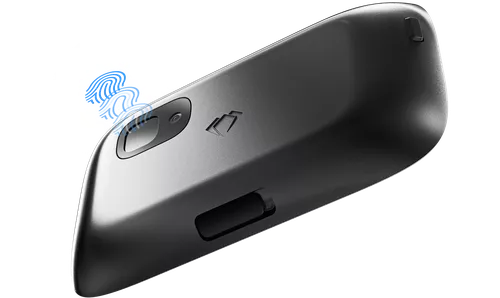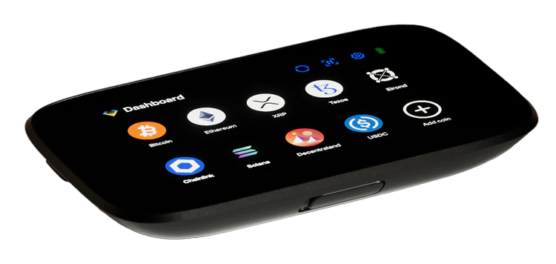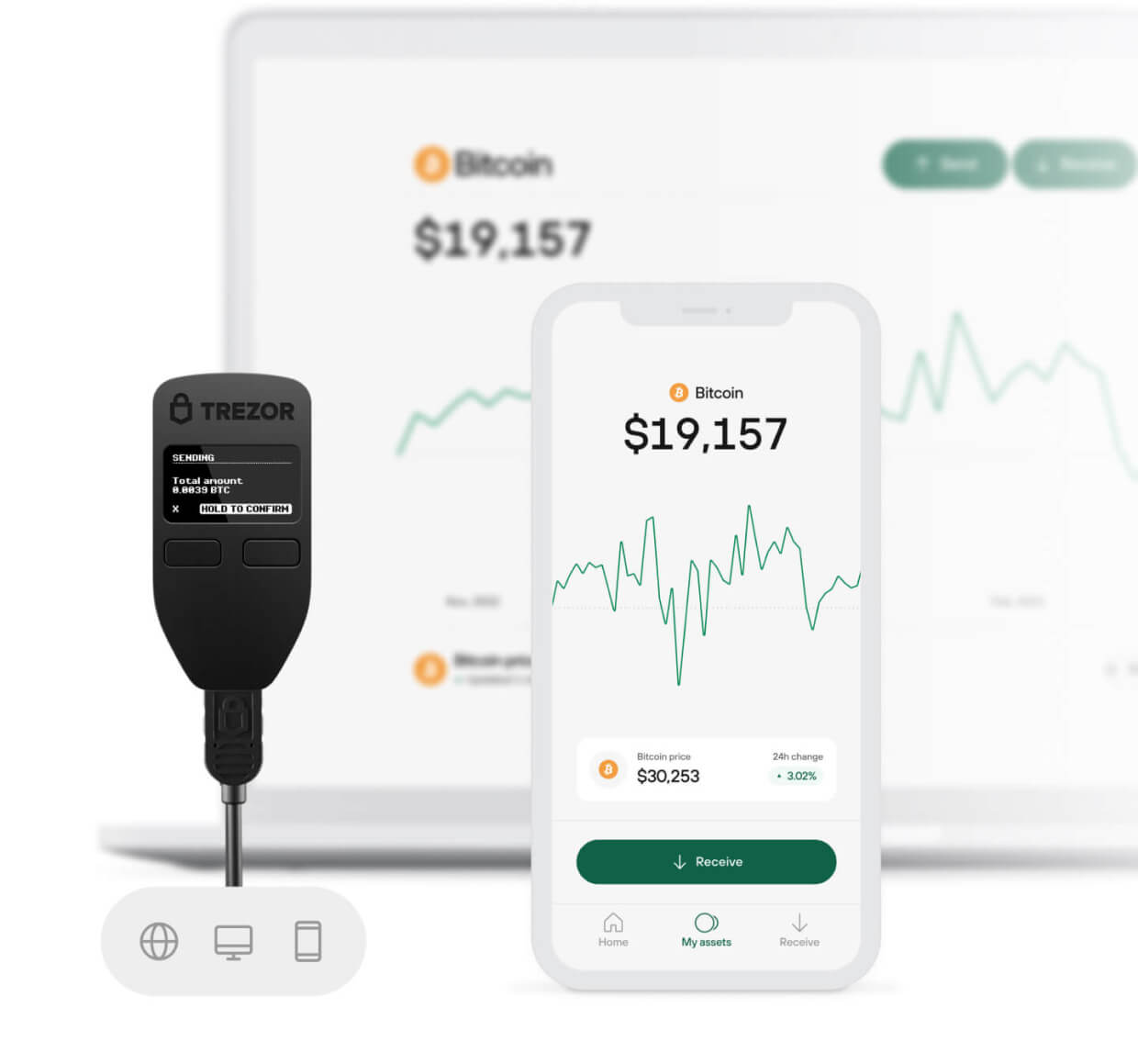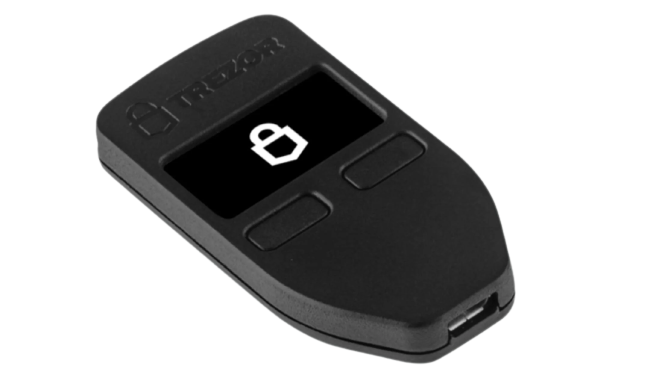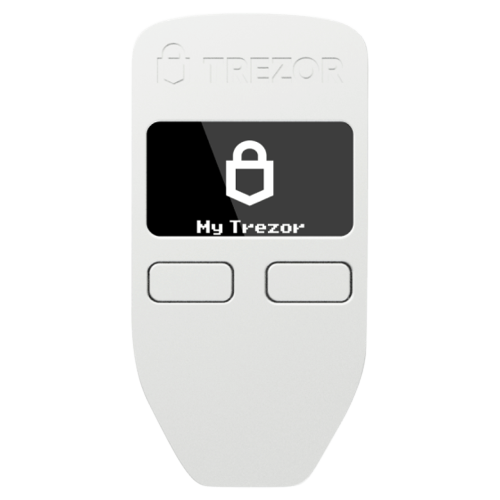
In this comparison guide, we will be looking at two of the most cutting-edge hardware wallet models – the Ngrave Zero vs Trezor Model One. By exploring their key similarities and differences side-by-side, cryptocurrency newcomers can get a sense of which device may be the best fit based on their priorities around security, usability, backup features, supported coins, and cost.
As the crypto ecosystem expands exponentially, the need for secure storage solutions has reached new heights. Both Ngrave and Trezor offer compelling value propositions around security and ownership. Let’s analyze them further to determine which model aligns best with varying user needs.
Ngrave Zero vs Trezor Model One Quick Comparison
When assessing hardware wallets, it’s helpful to visualize some of the key differences between models at a glance. This table summarizes core security, useability, backup, support, and cost factors between the Ngrave Zero and Trezor One wallets:
| Feature | Ngrave Zero | Trezor One |
|---|---|---|
| Security | 🛡️ EAL7 Certified | 🛡️CE and RoHS |
| Biometric Login | ✅ | ❌ |
| Air Gapped | ✅ | ❌ |
| Backup Type | Steel Plates | Paper Cards |
| Supported Assets | 3,500+ | 8,000+ |
| Price | $399 | $59 |
Now let’s do a full nitty-gritty evaluation between these two hardware wallet heavyweights. Onwards!
Security
Security is one of the most important considerations for cryptocurrency users. As such, the security architectures of the Ngrave Zero and Trezor Model One should be a deciding factor:
Level of security certifications
When it comes to security certifications, Ngrave has achieved one of the most rigorous levels available. The Ngrave Zero is EAL7 certified on the common criteria scale. This evaluates a device’s full product lifecycle, from development to deployment. Trezor holds more standard certifications like CE and RoHS, focused primarily on consumer safety.
Biometric authentication
For user authentication, Ngrave leverages biometrics through its built-in fingerprint sensor. This allows for login and transaction validation via fingerprint, providing convenience without compromising security. The Trezor, by contrast, relies on manual PIN entry only up to 50 digits.
Air-gapped
Lastly, air-gapped security ensures a device has no connectivity interfaces that could expose it to remote hacking. The Ngrave Zero is completely disconnected with no wireless functionality beyond QR codes for displaying information. Trezor does maintain wired connectivity through its Micro USB port for interaction with wallet software.
By implementing best-in-class security architectures like achieving EAL7 certification, using biometrics, and providing complete air-gapped isolation, Ngrave distinguishes itself to users prioritizing security first and foremost. Trezor still offers leading functionality around manual PIN protection and encryption though.
Ease of Use
The Ngrave Zero features an intuitive touchscreen interface for navigating the wallet, validating actions via fingerprint scan, and reading crucial wallet details. Contrast this to the Trezor Model One’s simplistic design – featuring just two physical buttons and a small monochrome screen.
When first setting up the devices, Ngrave strives to simplify initial steps to easily backup seeds and access wallet functionality. The Trezor workflow may involve more oversight working through additional wallet software.
Ongoing physical interaction required
Ongoing use also differs – the Ngrave Zero dynamically displays QR codes to facilitate transactions and asset monitoring in its air-gapped state. However, the Trezor lacks native display abilities, requiring users to manually confirm actions on the device together with a paired software wallet frequently.
Thus, the Ngrave Zero offers convenience for both novice and experienced cryptocurrency asset holders through its intuitive touchscreen interface and goal of minimizing unnecessary physical confirmations. The Trezor Model One still enables complete control, albeit through more hands-on wallet interactions using simple onboard buttons and menus.
Backup & Recovery
The backup and recovery processes also make for an interesting comparison point between the Ngrave and Trezor wallets:
Backup seed creation process
Ngrave has patented an entirely offline flow for generating the all-important wallet seed phrases on its device without needing any internet connectivity. Trezor’s backup creation does require establishing a connection between the hardware wallet and companion software to display and record the phrases.
Backup seed storage solutions offered
Storing these seeds also varies between providers. Ngrave offers an optional paid solution called Graphene, which encodes the seed as a QR code embedded across stainless steel plates. This ensures durability against fire and other damages. Meanwhile, Trezor includes paper cards in the box for users to securely note down their recovery phrases.
By conducting both initialization and backup in a fully offline manner, the Ngrave Zero provides robust protection against potential electronic eavesdropping. Trezor’s backup introduction through wallet software does expose a brief online attack surface. Both companies account for durability through Ngrave’s stainless steel seed plates and Trezor’s paper card alternatives as well.
Coins Supported
Looking at the cryptocurrency capabilities of each wallet:
The Ngrave Zero has the capability to support over 3,500 cryptocurrencies and tokens today between Ledger Live, Electrum, MyEtherWallet, and other third-party software wallets it integrates with.
The Trezor Model One expands compatibility to over 8,000 coins and tokens – providing the most diverse existing range among available hardware wallets through its native Trezor Suite and 3rd party wallet integrations by last reported numbers.
Ability to add support for more coins
Both companies continue updating firmware and software capabilities over time to incorporate emerging cryptocurrencies as adoption grows. Ngrave does maintains the advantage currently in facilitating the highest number of digital asset varieties without any manual configuration required by users.
So for those prioritizing flexibility in accessing both mainstream coins in addition to more obscure or niche crypto projects, Ngrave provides superior versatility. Still, Trezor covers the most widely used options. Evaluating accessibility to specific desired coins is prudent during any purchasing decision.
Cost
Looking purely at upfront device pricing, the Ngrave Zero retails for $399 while the Trezor Model One costs $59. So Trezor provides a far lower initial hardware wallet acquisition cost.
However, when factoring longer ownership costs, users may incur additional ongoing expenses related to security and durability protections. For Ngrave, supplemental offerings like the Graphene steel backup plates provide unparalleled seed protection and disaster recovery assurance at a one-time $149 cost.
Meanwhile, Trezor users relying solely on the free paper storage cards included may need to replace those repeatedly over time should they become damaged or illegible. This could drive greater expenses down the road.
Ultimately, evaluating both immediate budget considerations alongisde longer-term use cases and additional backup & recovery demands can shape perceived value. Those wanting an affordable yet still highly secure device may lean Trezor, while prosumers valuing best-in-class features despite higher startup costs may favor the Ngrave wallet.
Zero vs Trezor One Pros and Cons
| Ngrave Zero | Trezor One | |
|---|---|---|
| PROS 👍 | EAL7 certified security
Biometric authentication Air-gapped / no connectivity Intuitive touchscreen Supports 3,500+ cryptocurrencies |
Affordable price at $59
8,000+ crypto/tokens Durable stainless steel design Open source firmware |
| CONS 👎 | Higher price point at $399
No native exchange integration |
Lower level security certification
No biometric login option |
Trezor Model One vs Ngrave ZERO – Which should you buy?
For price-conscious cryptocurrency newcomers or intermediate traders prioritizing affordability over advanced features, the Trezor One provides the ideal entry-level hardware wallet experience. At $59, it delivers core offline security essentials for protecting private keys and managing multiple assets.
However, more security-driven individuals or institutional operations handling sizeable crypto holdings should invest in the Ngrave ZERO, even at its higher $399 price point. Best-in-class certification, biometric convenience, air-gapped design, and broad coin support make it the top-tier choice for maximizing ease of ownership, resiliency against threats, and long-term value.
If the Zero vs One comparison resonated, feel free to continue your research into leading hardware wallets by reviewing our Ngrave Zero vs Trezor Model T and Zero vs Safe 3 comparison articles too.
FAQs
- What security features does each wallet offer?
The Ngrave Zero is EAL7 certified for security and uses biometric authentication, making it the most secure option.
- Which device has better ease-of-use?
Ngrave Zero’s touchscreen interface provides more convenient operation over the Trezor One’s basic buttons.
- Which wallet supports more cryptocurrency assets?
The Ngrave Zero natively supports over 3,500 coins and tokens compared to 8,000+ for the Trezor One.
-
Which wallet is more affordable to purchase?
The Trezor One retails for only $59 making it the budget pick.
- Which choice is best for beginners vs pros?
The Trezor One suits cryptocurrency beginners while the Ngrave Zero meets prosumer & institutional demands.

